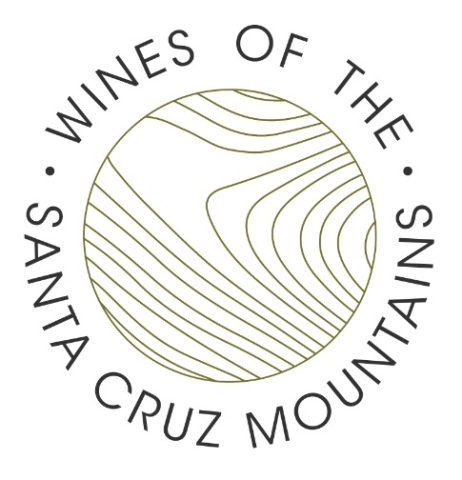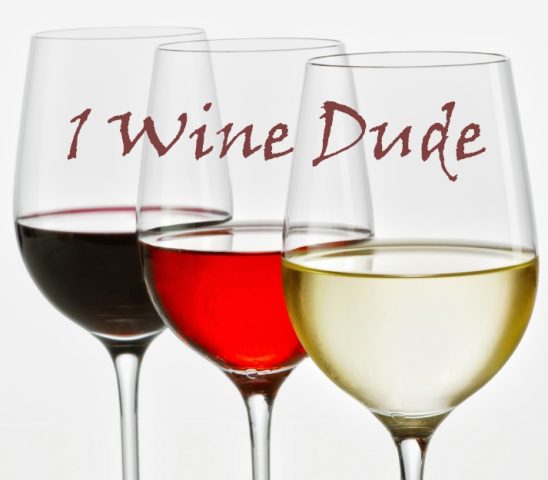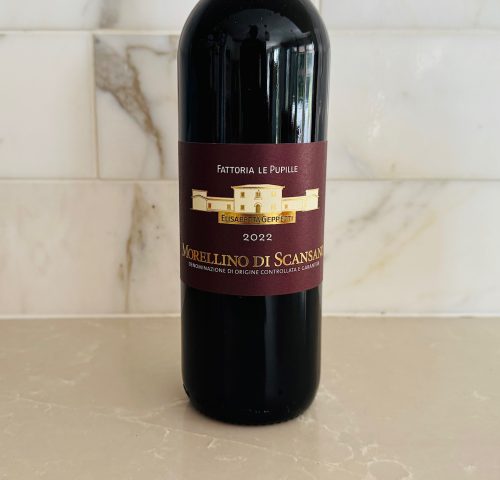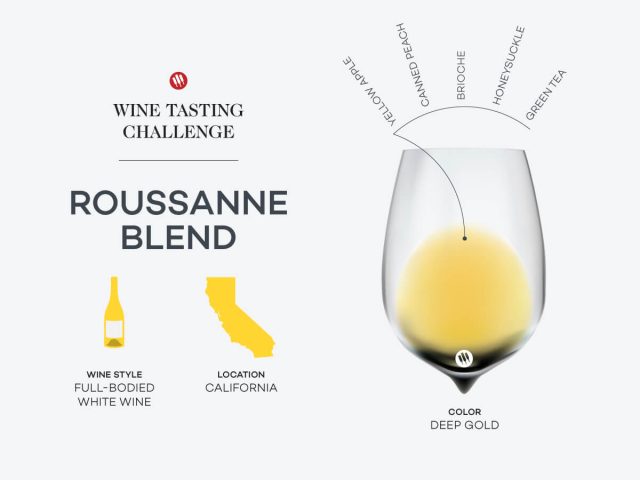Get Ready For Some Killer Bulk Wine
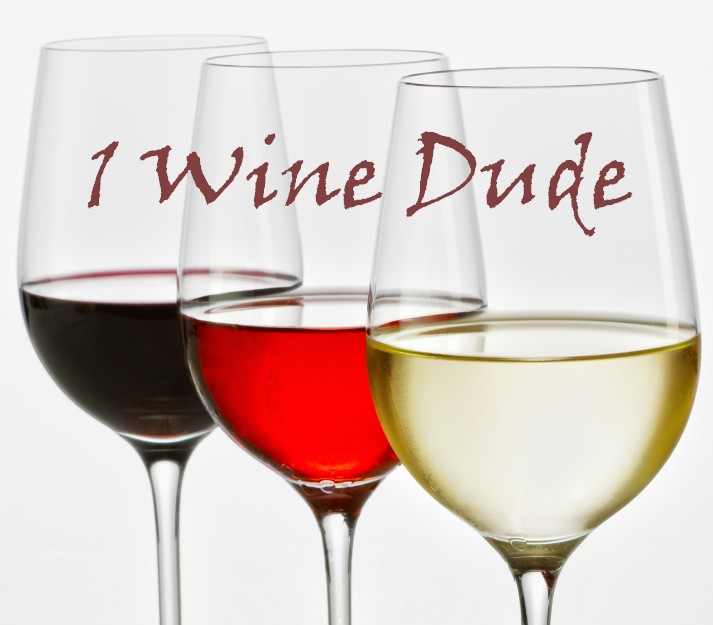
Given the recent musings here about how ugly the fine wine scene currently is (and is going to get), it feels refreshingly apt to today provide what might be a touch-of-grey silver lining to that (very) dark cloud.
Intrepid friend of 1WD Bob Henry (thanks, Bob!) recently alerted me to a handful of news articles covering the glut in wine grape production in California, a phenomenon caused by the unfortunate intersection of decreasing demand and a higher-than-average yield coming from the 2023 harvest.
For more detail, you can check out the LA Times’ coverage of the global wine scenario at Global wine glut compounds headaches for struggling California vineyards, and a deeper look at the situation via Market Watch (California Wine Battles Oversupply After 2023 Harvest).
Now, this might not seem like good news, and if you’re in the fine wine business, it’s not.
BUT…
If you’re in the bulk wine business? This looks like very good news, indeed.
As Market Watch reported:
The California wine grape crush came in at 3.6 million tons for 2023, according to the California Department of Food and Agriculture’s preliminary grape crush report. Top varieties Cabernet Sauvignon (+15%), Chardonnay (+25%), Pinot Noir (+21%), Sauvignon Blanc (+28%), and Pinot Grigio (+19%) were all up double-digits compared with the previous year, and all were also well ahead of their five-year averages. “The combination of higher-than-average yields per acre in 2023 and the increasing concern over slowing consumer sales have resulted in the California wine market moving into an excess market cycle,” notes Turrentine Brokerage president Steve Fredricks. “The good news is that now the perceptions of bulk wine sellers and grape sellers are more aligned with the reality of the market.”
What this means, potentially, is that you will see a marked quality increase in inexpensive wines in alternative packaging formats (cans, bag-in-box, etc.), as well as in retailer custom brands, one-off labels, and the like.
Put another way, the stage has been set for better cheap wine.
What’s particularly exciting about this, to me, is that the wine business has an opportunity here—if it plays its cards right—to set a higher quality standard at lower price tiers, enticing younger consumers with less disposable income to buy wine and to be impressed with the quality that they’re getting for their hard-earned buck.
I have very, very little confidence that the wine business will play those cards correctly, mind you. I mean, the track record with the “enticing younger consumers” part is, for the most part, abysmal.
But one can hope, right?
Cheers!
